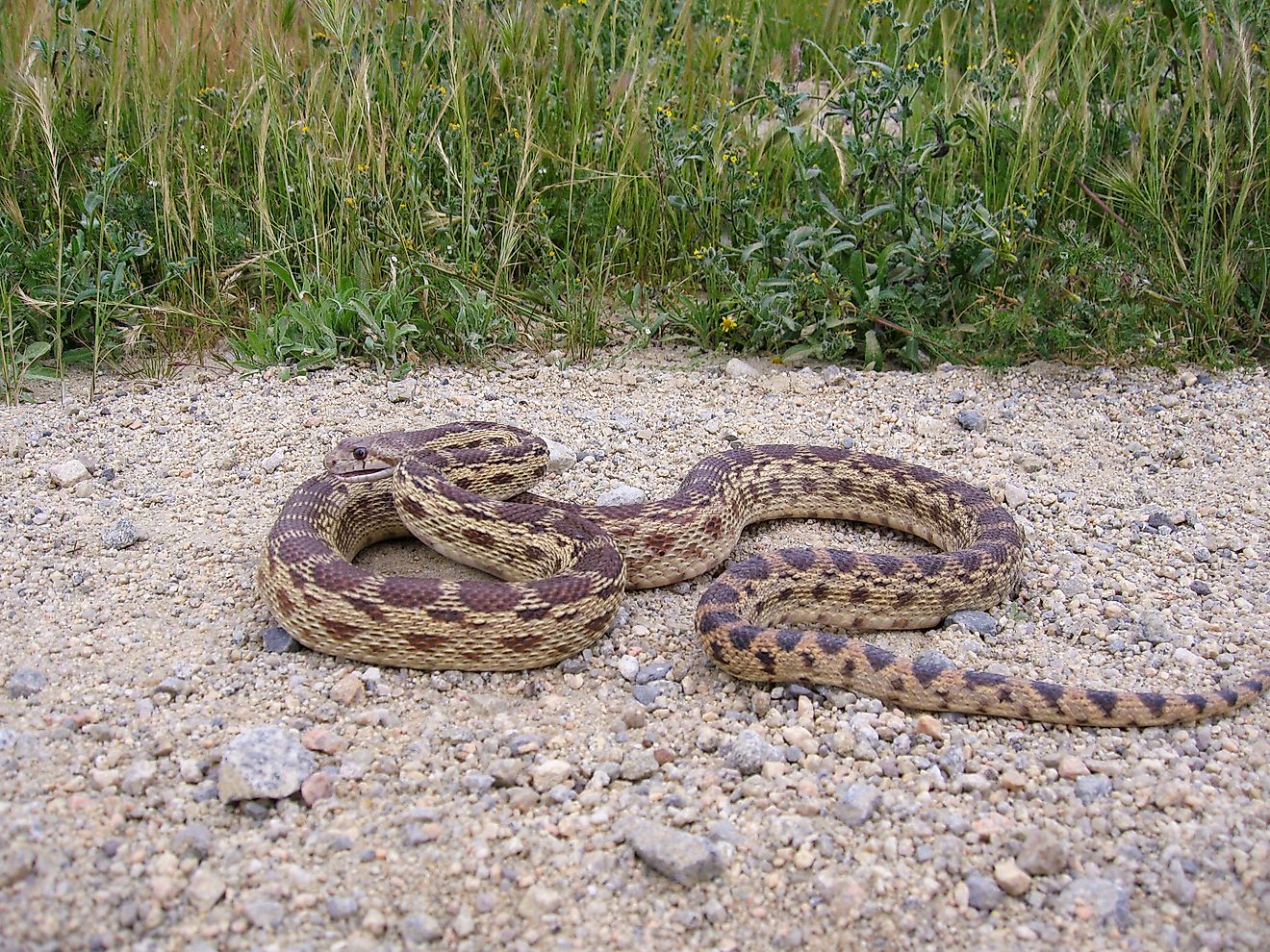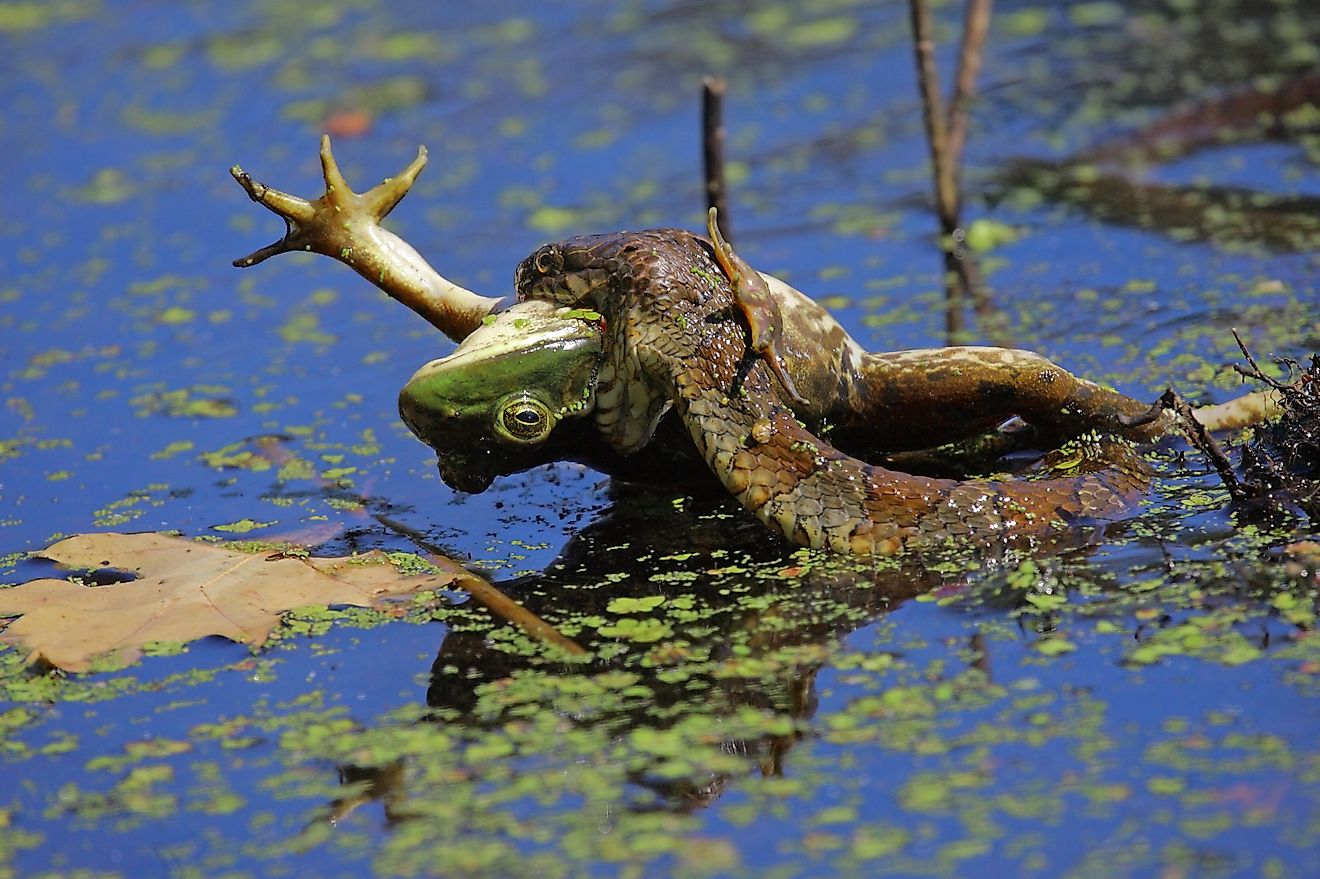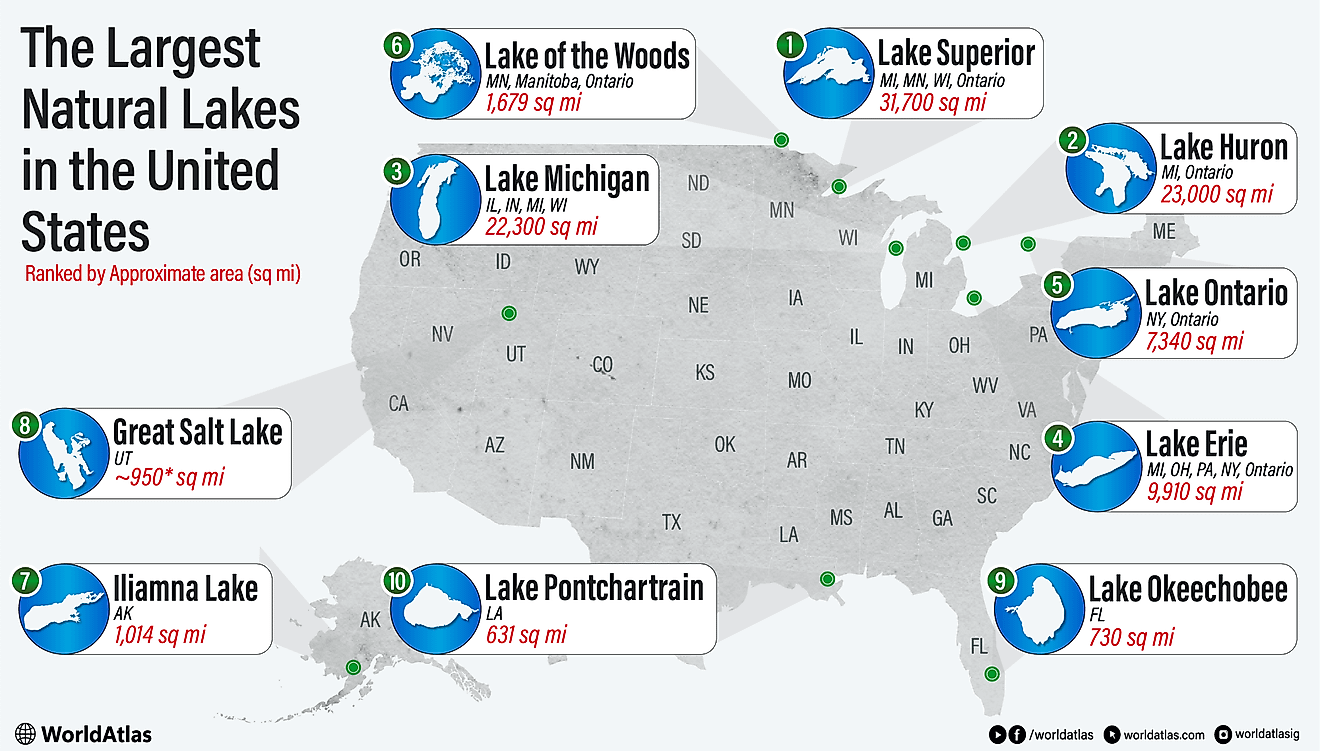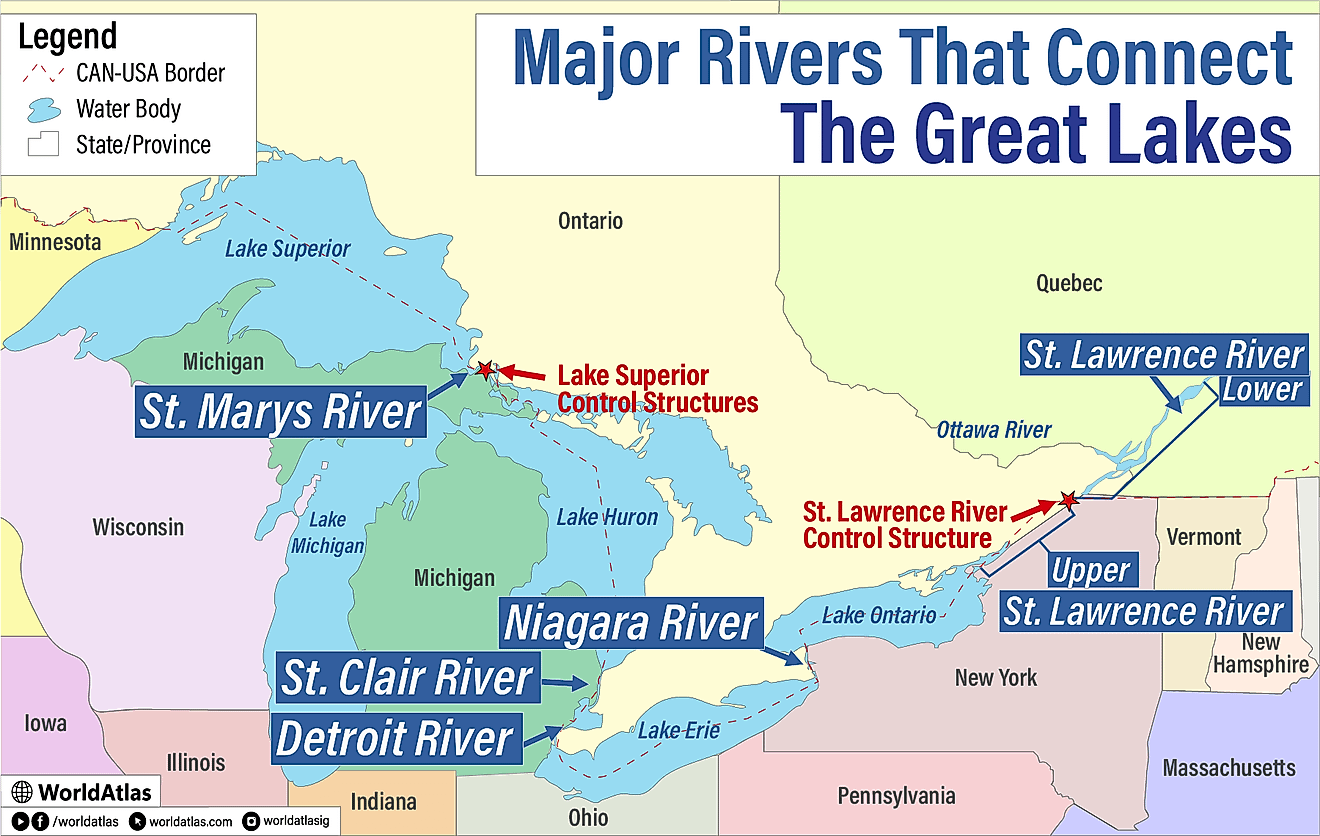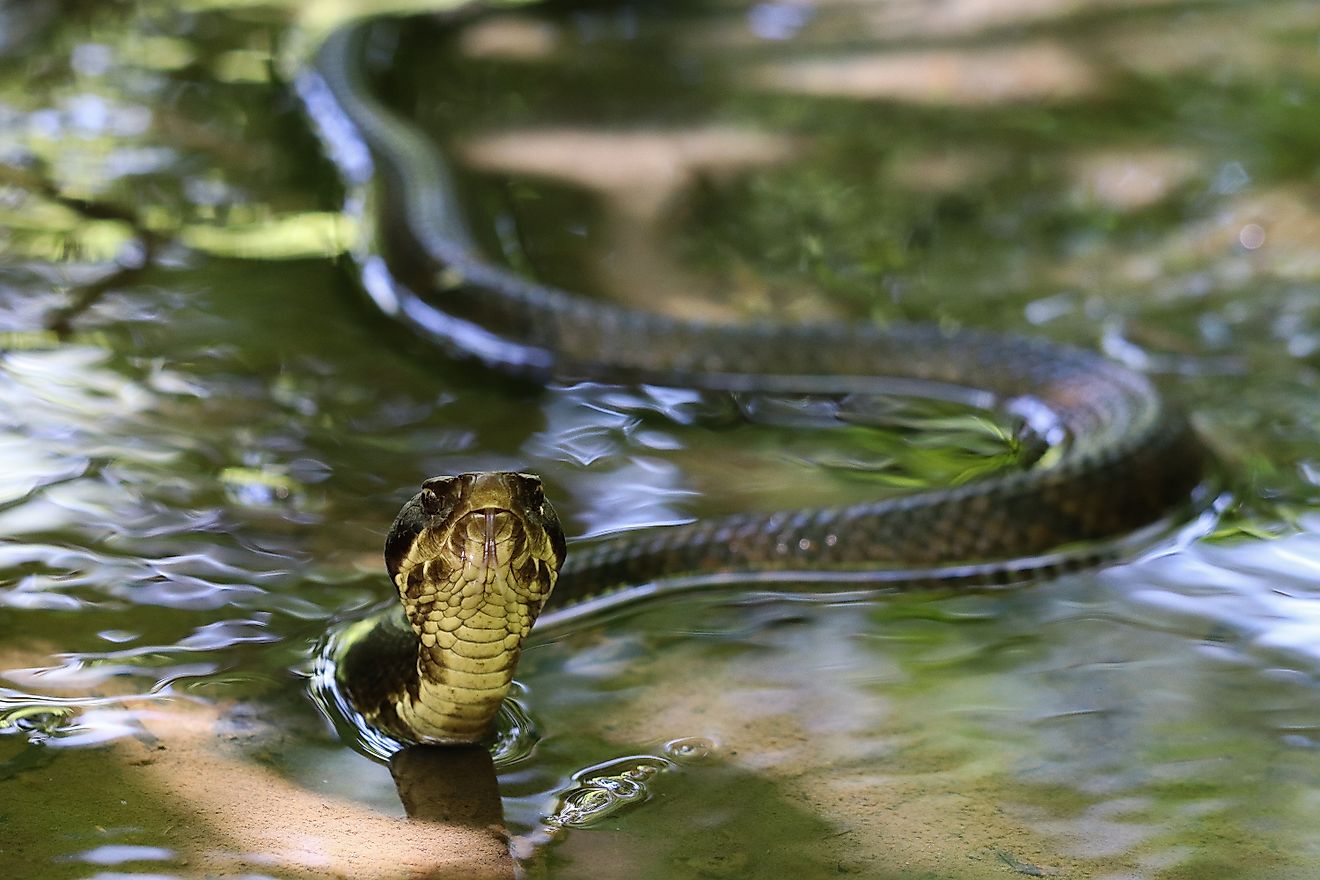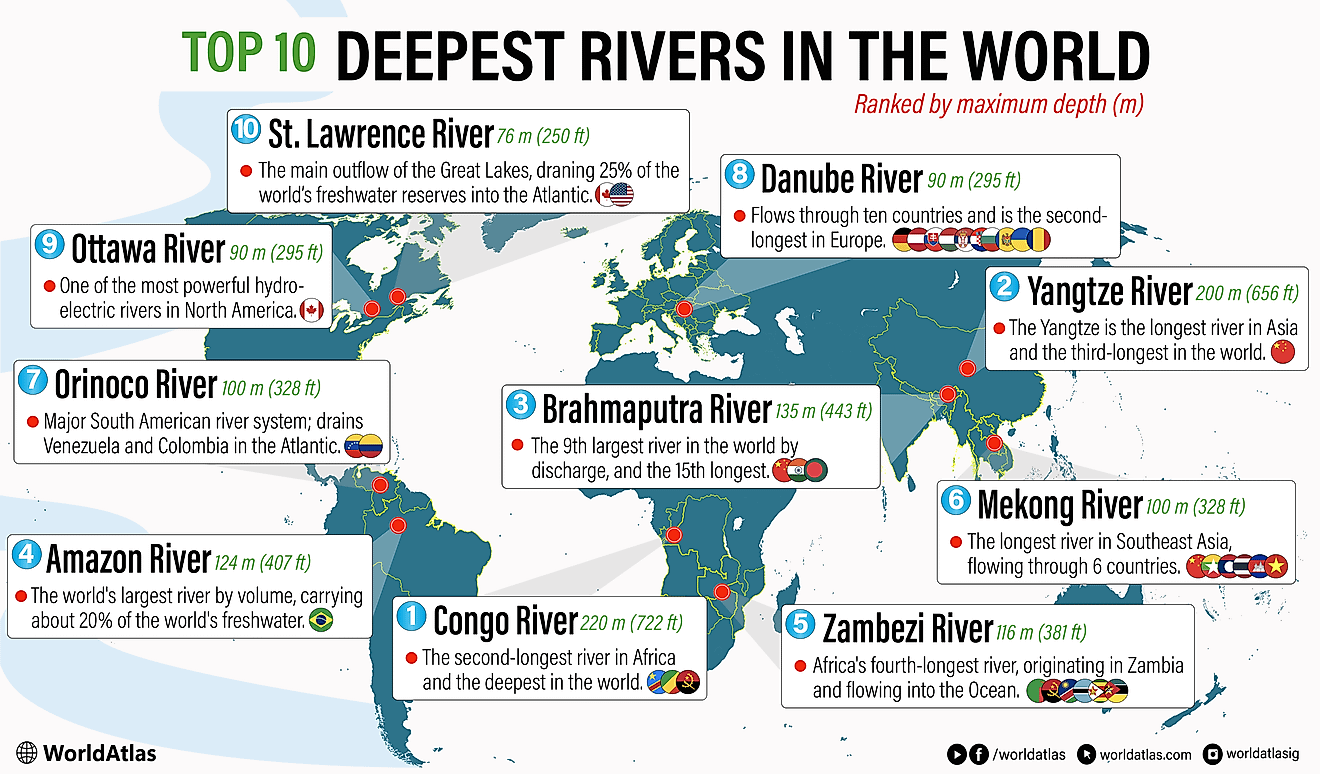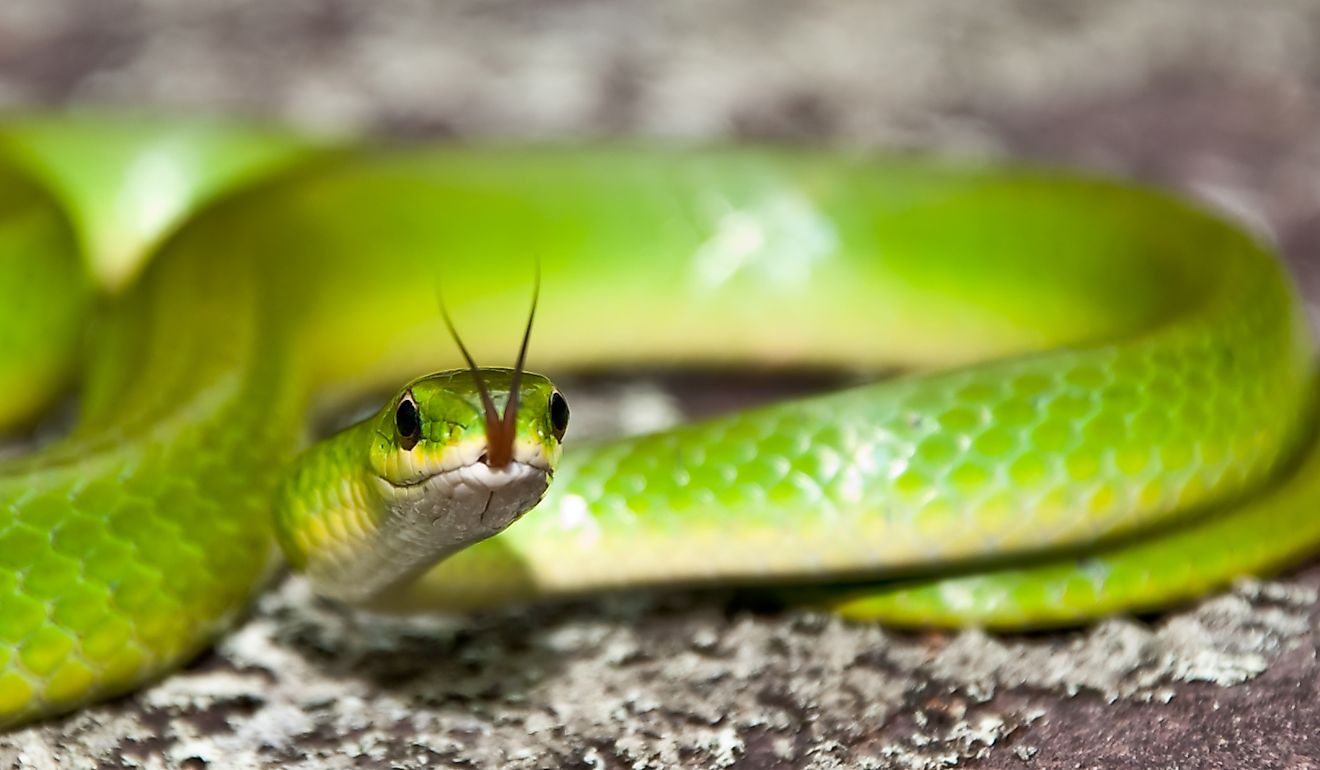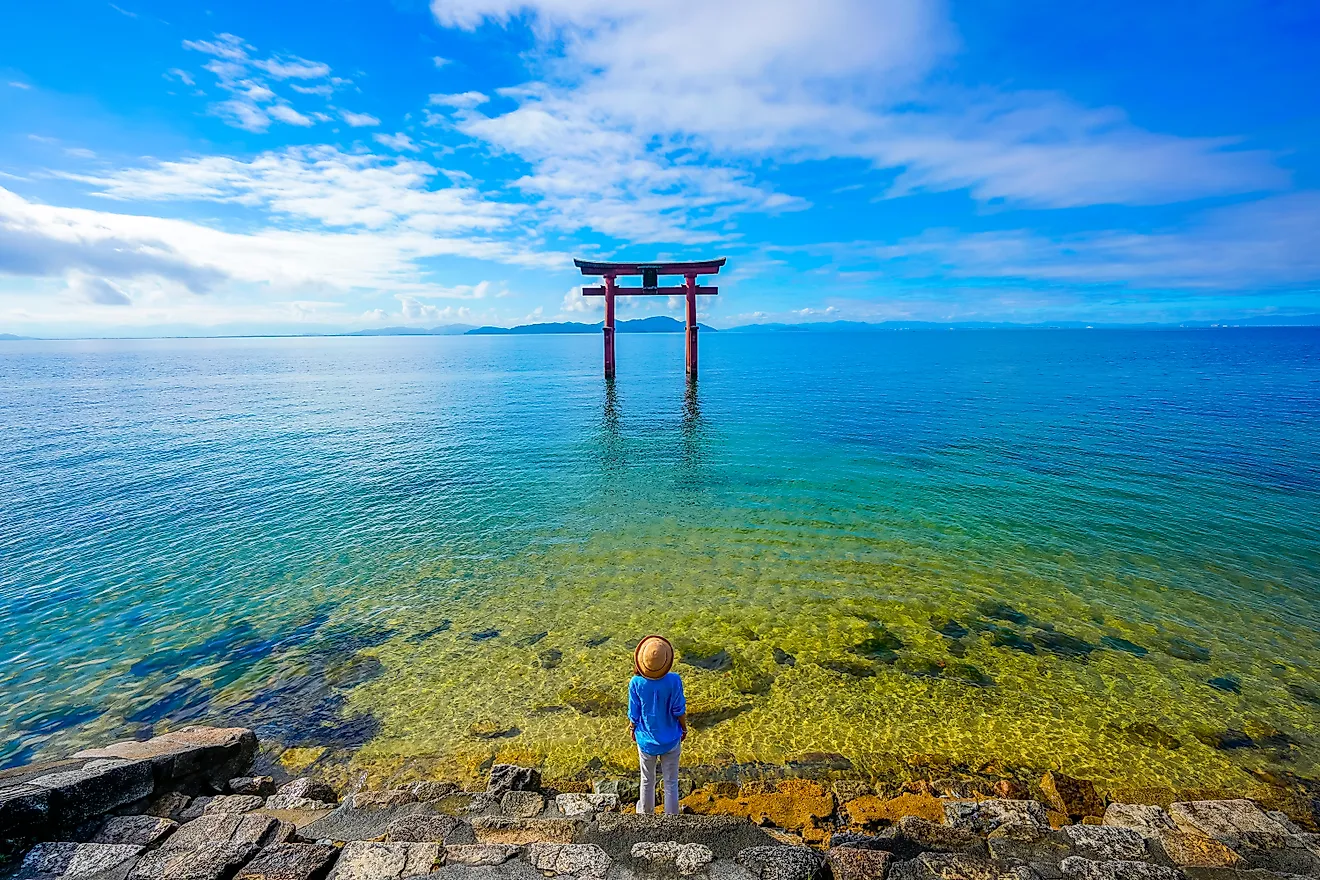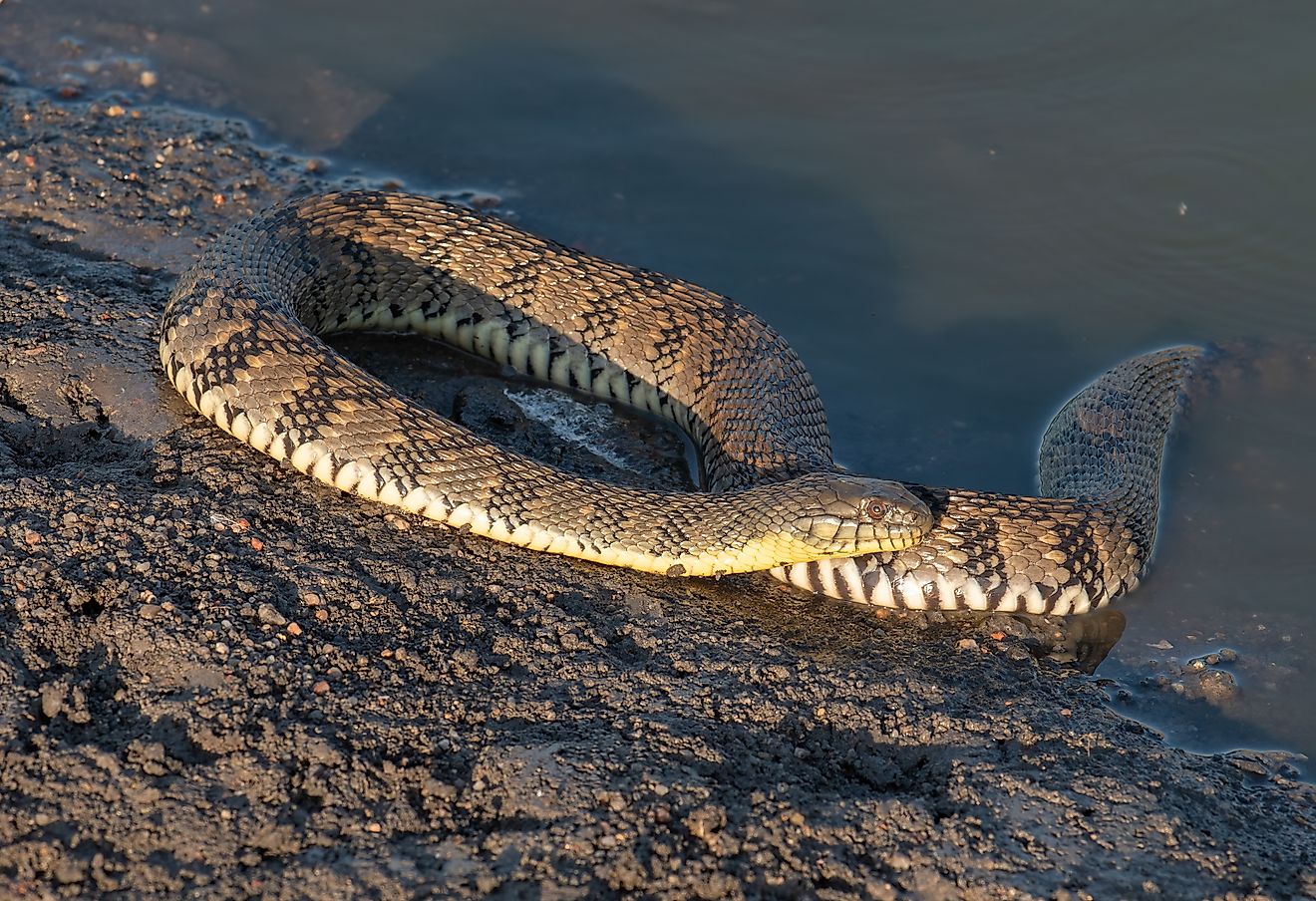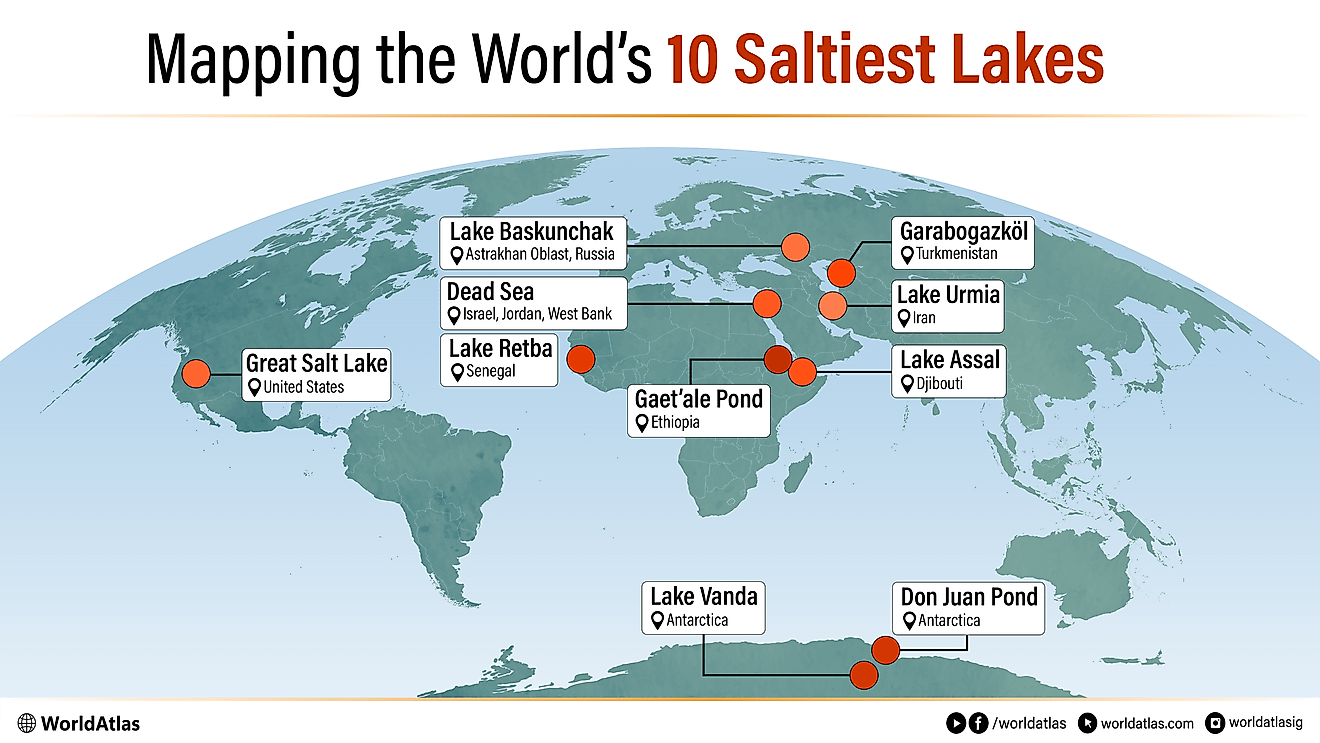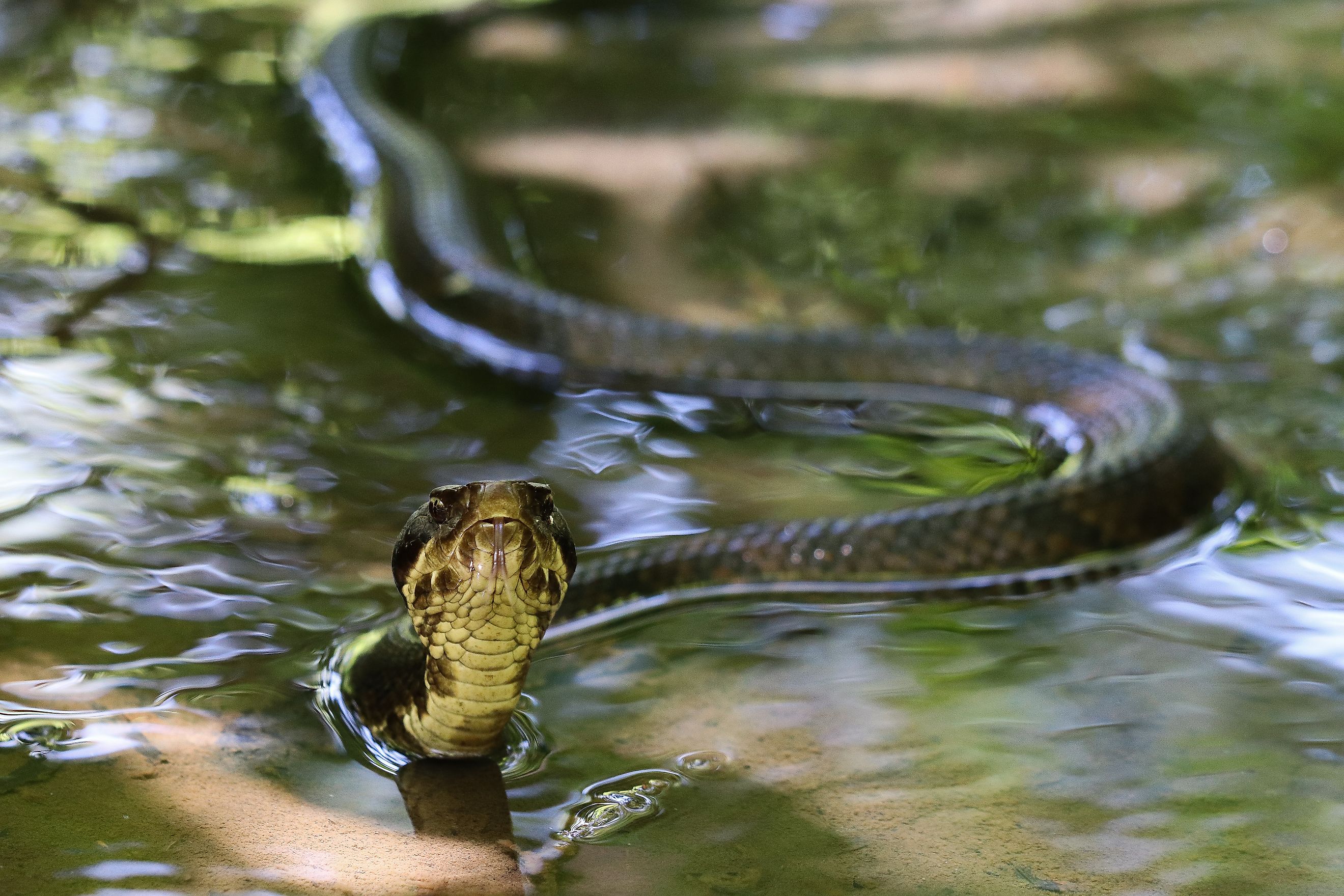
6 Most Snake-Filled Bodies Of Water In Florida
Florida’s countless wetlands, rivers, and swamps support some of the highest concentrations of snakes in the United States, which should come as no surprise to most. From venomous species to native watersnakes, these reptiles love the warm, humid environments with tons of vegetation and slow-moving water that can be found at nearly every corner in this deep southern state.
This article will pinpoint six of Florida’s most snake-filled bodies of water, focusing on the environmental conditions that support these high populations and the areas where encounters are most likely. Thus, you can know where to go and where not to go!
Lake Okeechobee
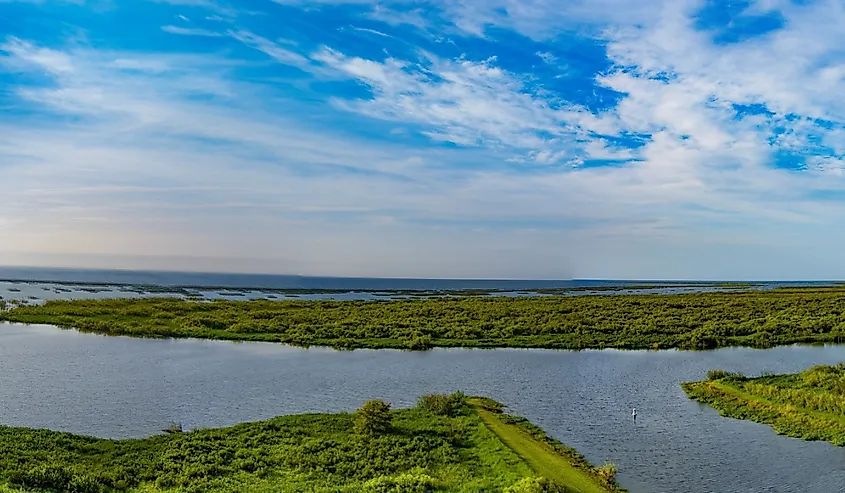
Florida’s largest freshwater lake, Lake Okeechobee, spans over 730 square miles and provides prime habitat for multiple snake species. This lake is also remarkably shallow (at an average depth that ranges from 9 to 12 feet). It hosts a vast marshy shoreline with sawgrass beds that support high numbers of water snakes, including the non-venomous Florida banded watersnake, as well as the venomous cottonmouth (also known as water moccasins). The dense vegetation and year-round warm temperatures make it an ideal hunting and breeding ground.
Invasive species, such as the Burmese python, also call Okeechobee home, though they are more concentrated in South Florida’s Everglades. High levels of human activity here, especially around boat launches and fishing spots, often bring people into contact with these snakes. While bites are rare, encounters are common, particularly during warmer months when reptiles of all kinds are most active.
St. Johns River
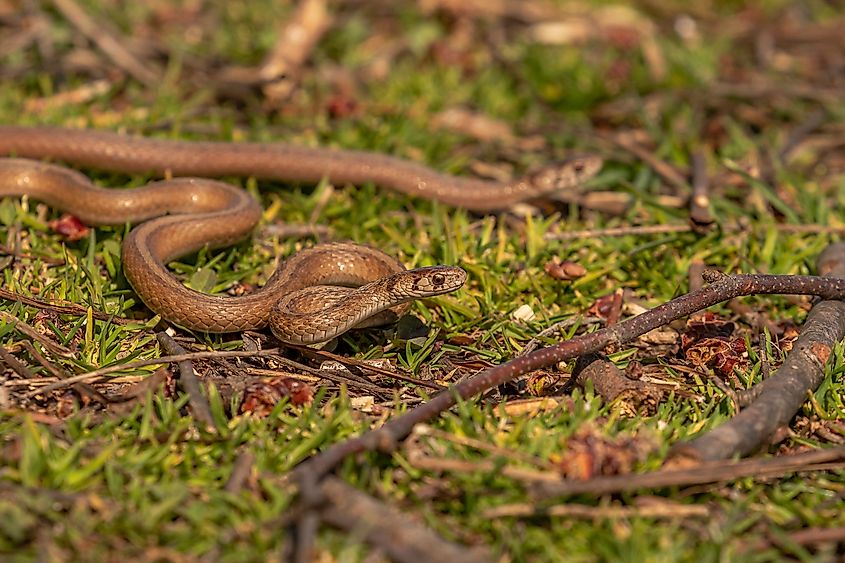
Stretching about 310 miles from Indian River County to Jacksonville, the St. Johns River is definitely one of Florida’s most snake-populated waterways. Its slow current, swampy banks, and numerous oxbows create optimal conditions for native water snakes and land-based species.
This meandering river winds through multiple pristine habitats, like marshes, cypress swamps, and floodplains, all known for dense underbrush and stagnant pools where reptiles, amphibians, and various kinds of fish thrive. One of the more commonly spotted species is the brown watersnake, a non-venomous snake that can grow up to 60 inches long and is often mistaken for a cottonmouth due to its thick body and blotched brown coloring. Snakes are frequently observed in tributaries and along the riverbanks, especially near Palatka and Lake George, hunting for smaller prey.
High humidity and mild winters allow for extended periods of activity throughout the year, increasing the chances of human-snake encounters regardless of the season. The region’s mix of urban development and natural terrain draws both recreation and wildlife, but it also puts anglers, boaters, and hikers in close proximity to snake habitats. So, just be careful of where you step, regardless of where you are along this lengthy body of water.
Fisheating Creek
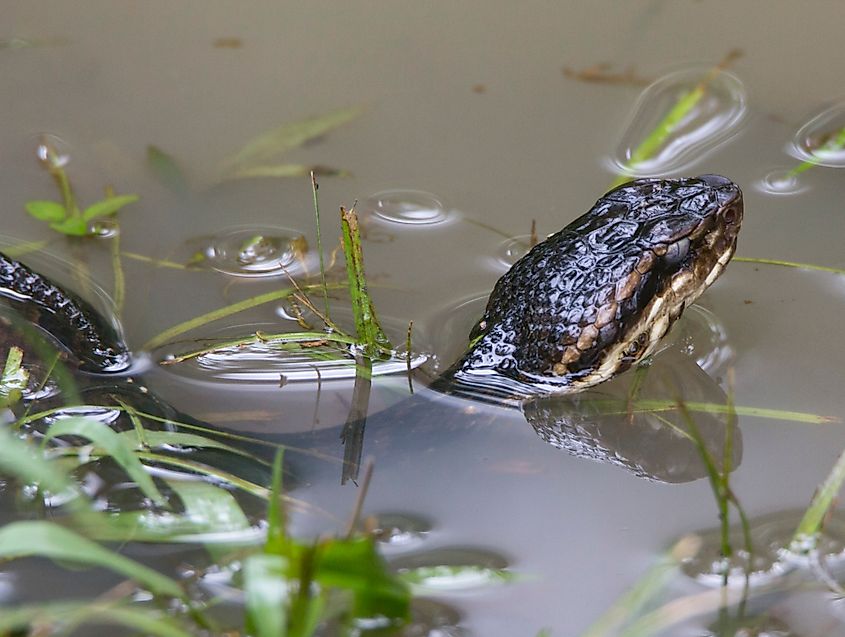
Located in Glades County, Fisheating Creek flows into the western edge of Lake Okeechobee. The creek’s slow, tea-colored current runs through numerous swamps, woodlands, and floodplain marshes, where banded watersnakes, other semi-aquatic species, and south Florida rainbow snakes, black racers, and cottonmouths live.
Unlike larger rivers, Fisheating Creek remains largely untouched and undeveloped, allowing native snake populations to thrive with little disturbance. Seasonal flooding expands the habitat range, sometimes pushing snakes into nearby sloughs and prairies, but nearby towns like LaBelle and Moore Haven tend to steer clear. Wildlife biologists and paddlers frequently have encounters along the creek’s narrow bends, submerged logs, and overhanging vegetation, so try to stay in open water if you want to avoid an interaction.
Big Cypress National Preserve
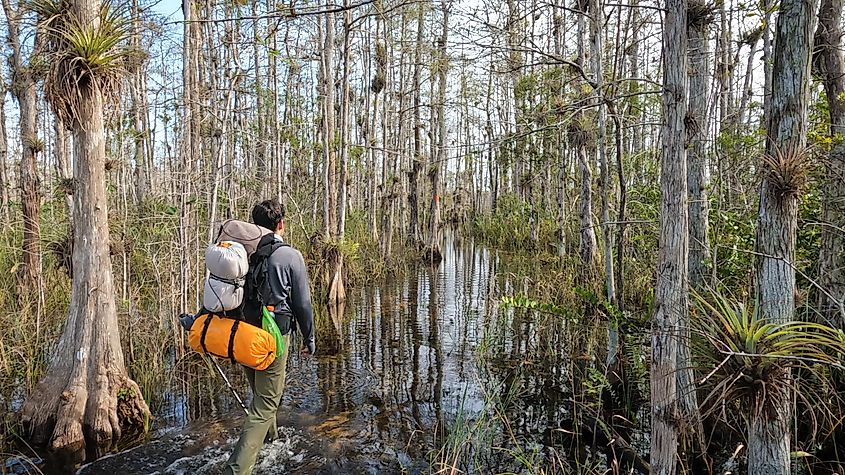
Covering an enormous 729,000 acres of swampland deep in southern Florida, Big Cypress National Preserve contains a vast network of diverse ecosystems, including sloughs, cypress domes, and marshes, all of which teem with 51 species of reptiles!
Internal waterways such as Turner River, Deep Lake, and multiple unnamed creeks cut through the preserve, providing prime habitat for native species like eastern mud snakes, Florida green watersnakes, and cottonmouths, which are found in pretty much all parts of Florida. Unfortunately, Big Cypress is also one of the few areas where the invasive Burmese pythons have established a strong breeding population.
The preserve’s sheer remoteness and consistently high humidity support make for a truly tropical environment that remains active year-round. Sightings increase during the wet season (usually from May to October), however, when snakes spend more time out of their nests and are more visible along trails, boardwalks, and water crossings. While less accessible to casual visitors, its complex aquatic terrain and low human interference have made Big Cypress an incredible place for nature lovers to explore.
Blackwater River

Running through the Florida Panhandle, the Blackwater River is another slow-moving, murky waterway surrounded by floodplain forests, with sandy banks closer to its exit in the Gulf of Mexico (Gulf of America). Its dark, shallow waters host both prey and habitat for ribbon snakes, midland watersnakes, and ring-necked snakes. The river’s adjacent swamps and oxbow lakes then expand suitable habitat, particularly during the rainy season when water levels rise and snakes spread into broader backwater areas.
The Blackwater River State Forest, which borders much of the river, contains miles of undisturbed habitat where other snake populations remain high, including cottonmouths and black swampsnakes. Kayakers and campers here often run into these reptiles along quiet stretches and near downed trees or submerged brush. Wherever you are, be aware of where you place your paddle, especially when close to land.
Withlacoochee River

The Withlacoochee River runs nearly 150 miles through central Florida, near Tampa, cutting through wetlands, hardwood swamps, and coastal floodplains. The snake populations here generally concentrate in the upper stretches near Green Swamp and the Richloam Wildlife Management Area, where water levels fluctuate seasonally. The river's shifting terrain, marked by limestone outcrops, submerged roots, and collapsed banks, creates tons of hiding spots along the way.
Seasonal flooding further spreads activity into adjacent creeks and retention areas. Yet again, cottonmouths are a common sight here, especially near stagnant pools where prey are easy to catch. You may also catch a glimpse of brown water snakes and scarlet kingsnakes in and around the area, along with several other species, whether you're boating down the river or hiking the many trail systems nearby.
Know Where Florida's Snakes Live
These Florida waterways are ideal for snake populations to thrive, but they usually make for idyllic recreational areas for people, too. Awareness is essential whether paddling, fishing, or hiking near these rivers, lakes, and swamps. While most snakes play a vital role in the ecosystem and prefer to avoid contact, these specific locations carry a higher chance of encounters for those venturing near the water. Stay safe this year and know where and when to find these slithery reptiles at all times!
